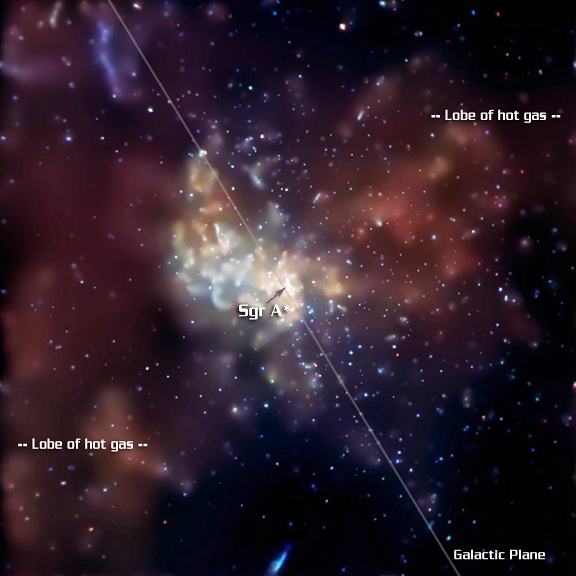a black hole affecting a strlight would only happen in a split second so you wont notice it because a black hole travels so fast......passing through a star may affect the star light but again its only for a split second....
Let me elaborate for you . . .
Our
time is different on Earth. With the naked eye, we cannot
see star paths, or feel any speed in which Earth rotates. Earth is moving hella fast. Our solar system is moving damn fast. Our Milky Way galaxy is spiraling incredibly fast. There is a constant in the Universe and all things are in motion. However, again, on Earth, we cannot visually
see these events taking place. If we could, then we could
see M-31 (Andromeda, our neighhborhood galaxy that is the only object we can see with our naked eye outside of our own galaxy) spiraling towards us. We will become part of Andromeda, and "The Great Attractor", part of the "Local Group" (collections of other galaxies) in a couple billion years.
Getting to your blackhole comment, (and do keep in mind the relative time of Earth and space in accordance to this situation) if I were to look outside in the appropriate season at the constellation Sagittarius, deep within the direction of the constellation, within actual proximity of the core of our galaxy, lies a super massive blackhole named Sagittarius A.
ANY blackhole within lightyears of stars will reflect the star light around and back in the direction the light was heading, hadn't the blackhole not been there. The light reflected by Sagittarius A is reflected towards us, which you can see with a high powered telescope. Those star light images are false. That's the illusion of the supermassive blackhole. Zoom in a little further with the Hubble and with a spectral scope and X-Ray indicator, and you get an unknown, enormous object in the center of our galaxy, surrounded by millions of stars, performing both a "red" and "blue" shift . . . eating stars for who knowns how long - since the beginning of our galaxy no doubt.
This blackhole is moving with everything else at a constant rate of speed. If you were to put an exposed camera lens pointed at Sagittarius A with a time delay opened for say 30 minutes, (that camera would have to be damn close, but we have the Hubble!) you would actually see many stars orbitting something out there, very violently. Stars do not behave like this, and therefor scientists make calculations and voila, you got an unknown, unseen object 3,000,000 times the mass of our sun, with no apparent visual attributes. The orbital pattern of the stars near our galactic star eater has changed as soon as the gravitational force of the blackhole has pulled them in for the eventual destruction.
I hoped you read my post thoroughly.
I also encourage everyone to check out this image of Sgr A* from the Chandra observatory.
 Caption:
Caption: This annotated Chandra image marks the location of the X-ray source associated with the supermassive black hole, Sagittarius A* (Sgr A*), at the center of our Galaxy. Also marked on this image are newly discovered large lobes of multimillion-degree gas that extend for dozens of light years on either side of the black hole
EDIT = grammar